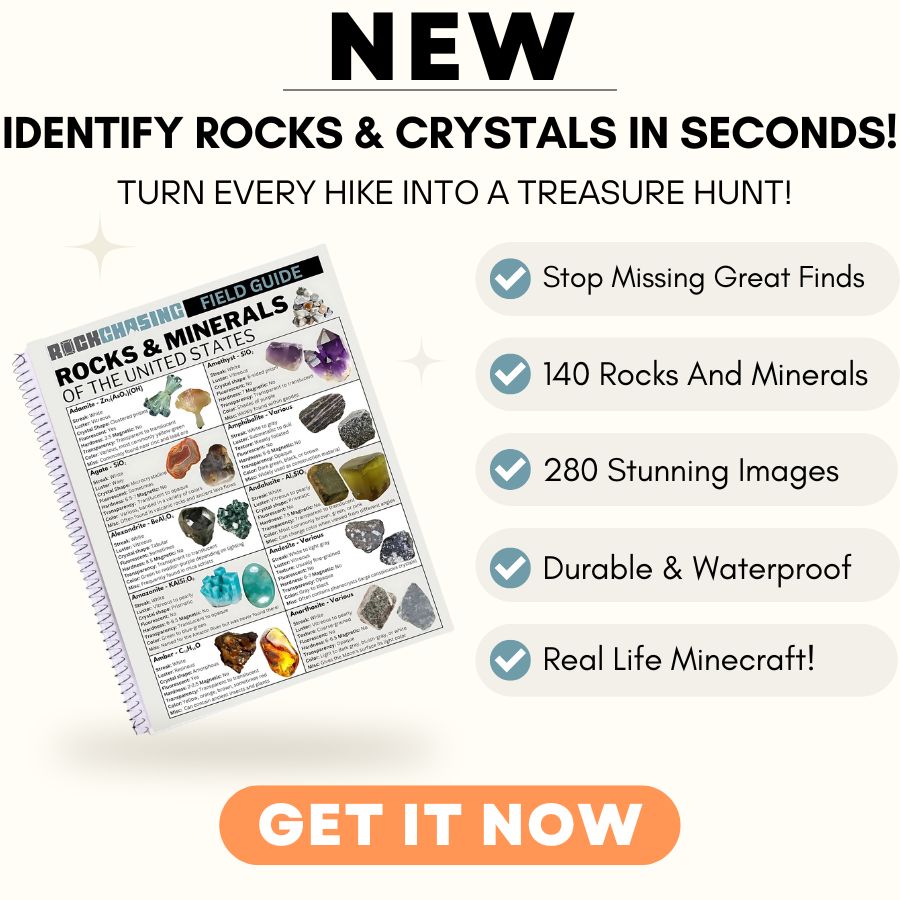Finding crystals can be a rewarding adventure, offering a unique way to explore the natural beauty and geology of the region. Whether you’re a seasoned rockhound or just getting started, knowing where to look is key to uncovering these hidden treasures.
In this state, a variety of locations provide opportunities to discover different types of crystals. From rocky outcrops in the mountains to stream beds that carry sparkling surprises, each area offers its own unique finds for those willing to search.
We can help you get started with some places you can explore for crystals below!
Crystals you can find in the US
The United States offers a wide range of crystals that reflect its diverse geology. From vibrant gems to more subtle mineral formations, there’s something to discover in nearly every region.
Calcite
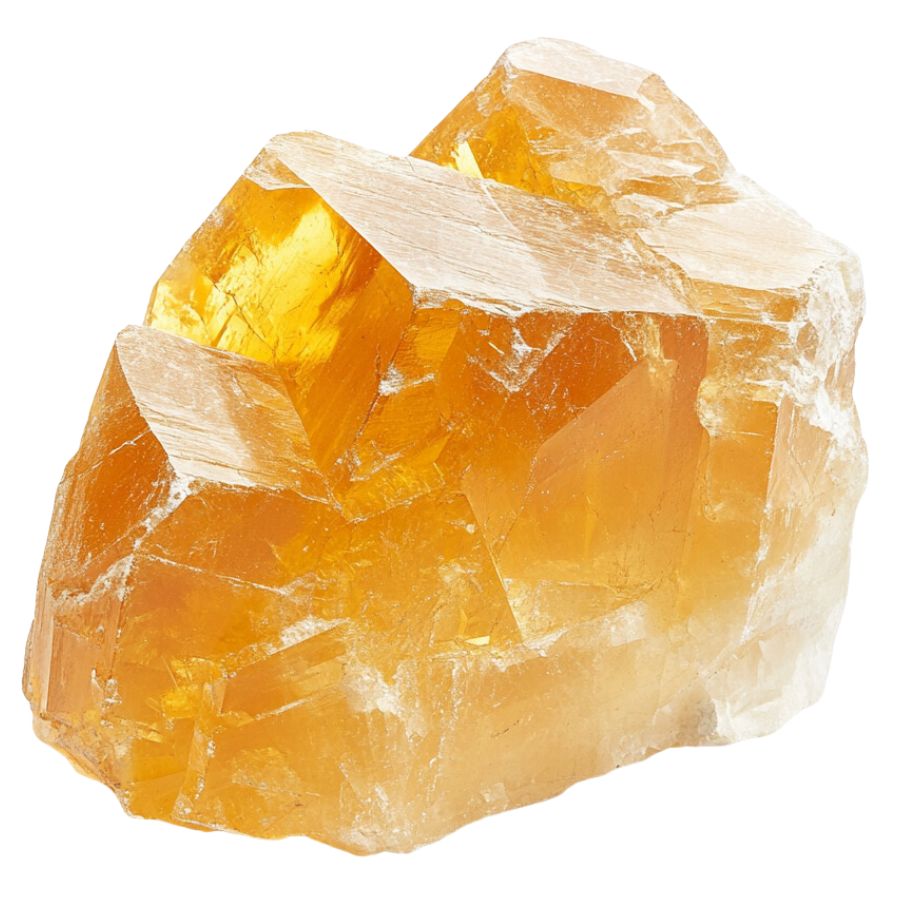
With a variety of forms and a unique property of double refraction, calcite allows objects viewed through the crystal to appear doubled. This mineral can appear in a spectrum of colors, with pure forms typically being transparent or white.
In addition, calcite reacts vigorously with acids, which aids in distinguishing it from other minerals. It also frequently contributes to the structure of sedimentary rocks such as limestone.
Gypsum
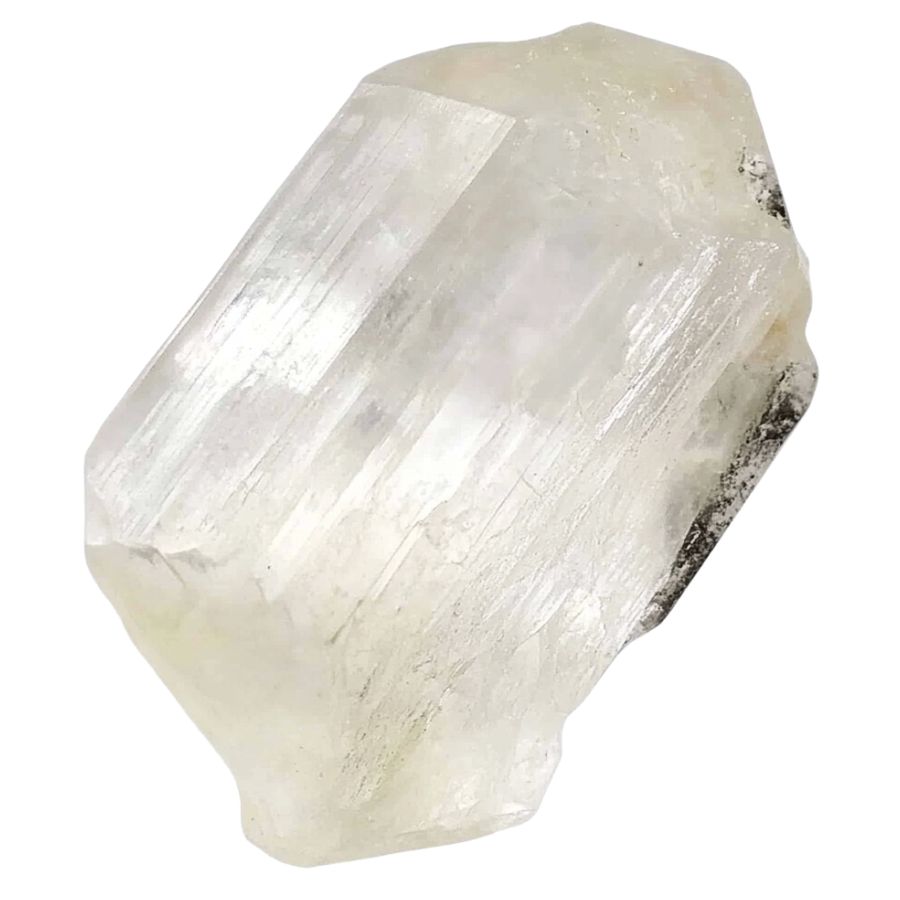
Gypsum’s notable softness allows it to be easily scratched with just a fingernail, often presenting as white or very light-colored in its pure form.
It manifests in both crystalline forms, like selenite, and massive forms such as alabaster, making it versatile in use and appearance.
Gypsum is also essential in the construction industry and is a key component in the manufacture of plaster and drywall.
Fluorite
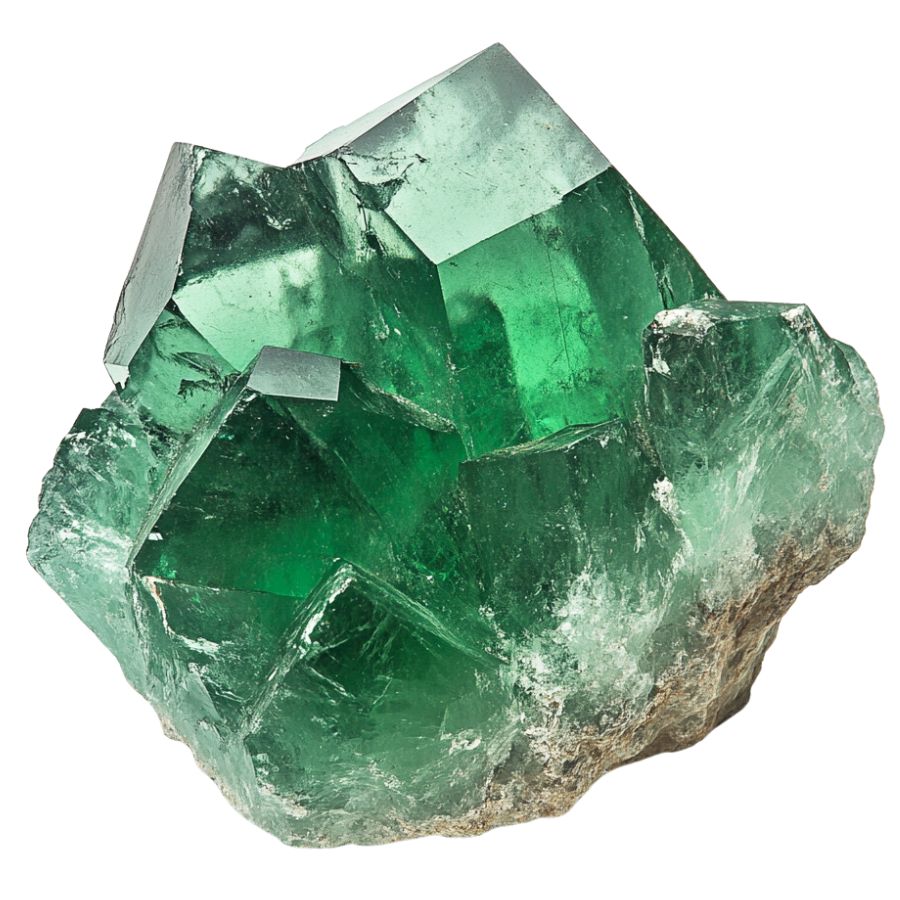
Fluorite comes in a wide range of vibrant colors, including purples, greens, blues, and yellows, and is known for forming in well-defined cubic crystals.
Beyond this, fluorite exhibits fluorescence under ultraviolet light! It can also be used in various industrial applications, including as a flux in steelmaking.
Galena
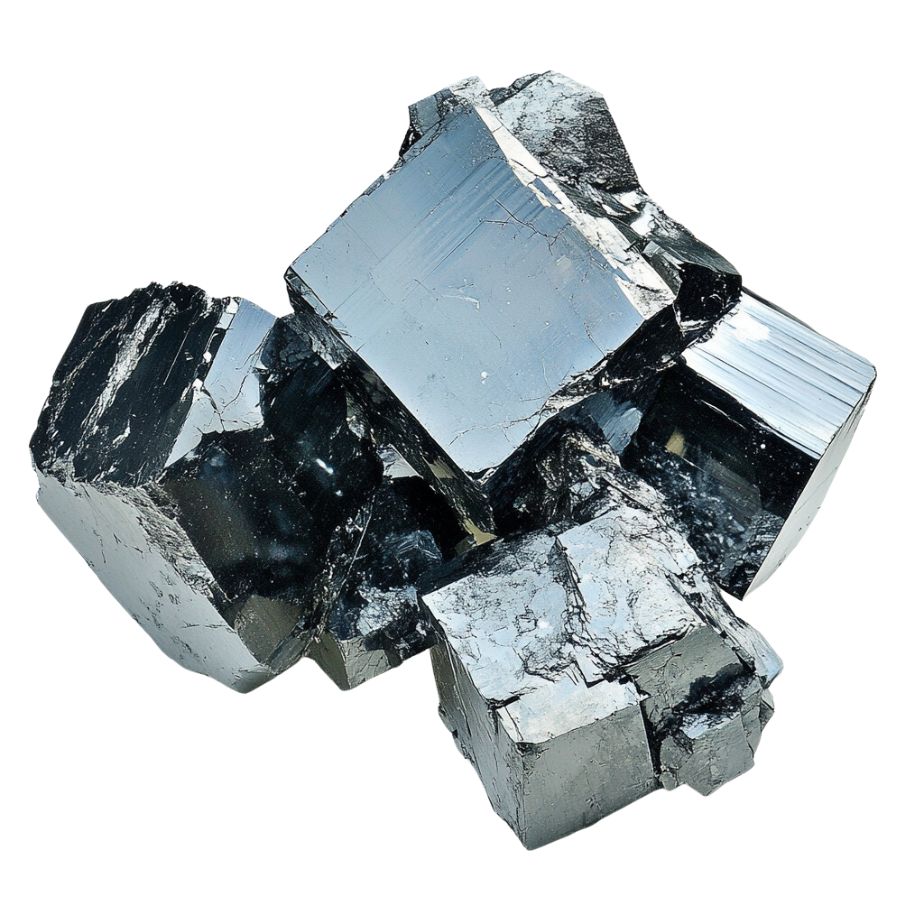
Galena distinguishes itself with a metallic luster and high density, typically found in a cube-like form. It serves as the primary ore of lead, making it important in the metal industry, while its shiny, silver color attracts collectors.
Not only does its appearance make it a subject of interest, but its weight and texture provide tangible lessons in mineral density and metallic properties. Galena also often contains traces of silver, adding to its commercial and educational value.
Corundum
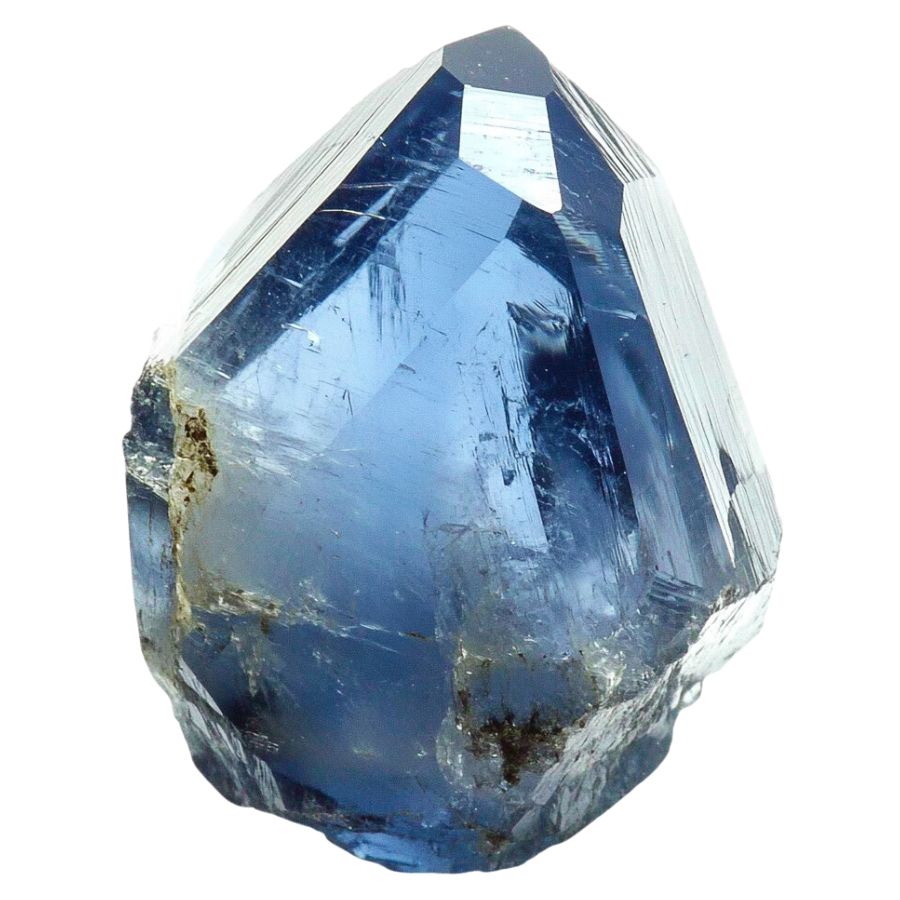
Corundum is a mineral that comes in a variety of colors, though it is typically transparent or gray. Its most famous forms are sapphires and rubies, which are prized for their vibrant blue and red hues.
The mineral is known for its remarkable hardness, ranking just below diamond on the Mohs scale. This durability makes corundum ideal for industrial abrasives and cutting tools, as well as a popular choice for fine jewelry.
Quartz
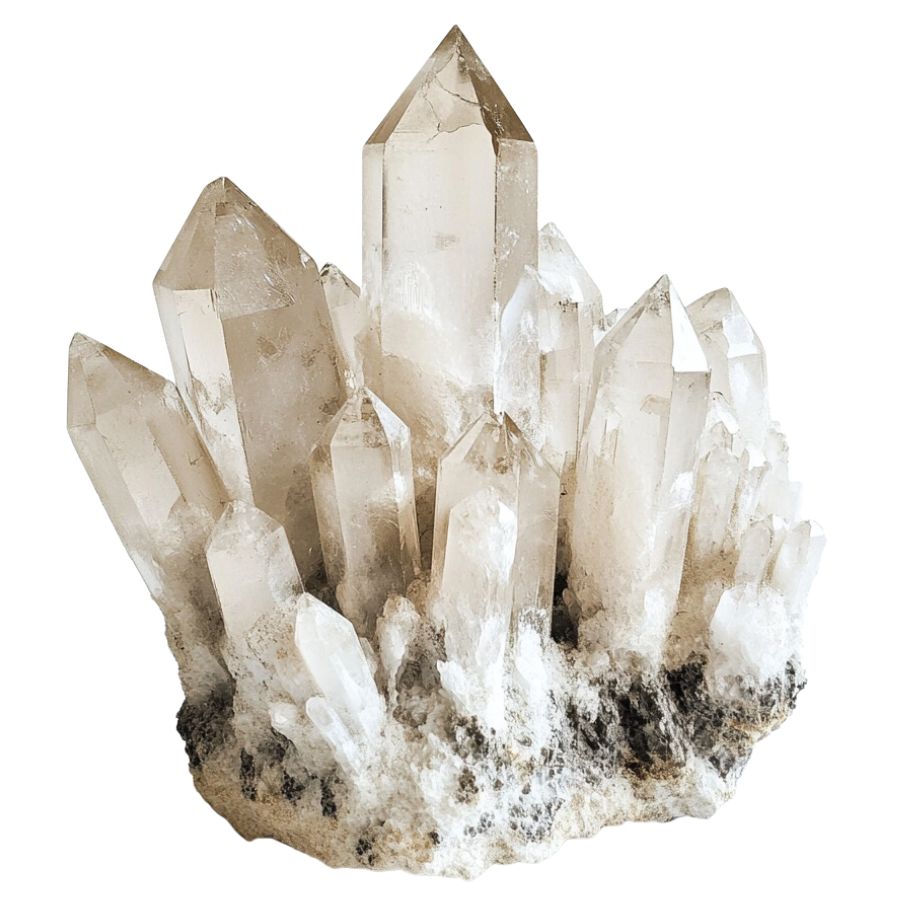
Quartz is among the most common minerals in the Earth’s crust and is prized for its durability and variety. It forms in a wide range of colors and types, from clear rock crystal to purple amethyst.
The mineral is notable for its hardness and durability, which contribute to its use in a variety of applications. Quartz is also popular in the manufacturing of electronics and watches due to its piezoelectric properties, which allow it to convert mechanical pressure into electrical energy.
Pyrite
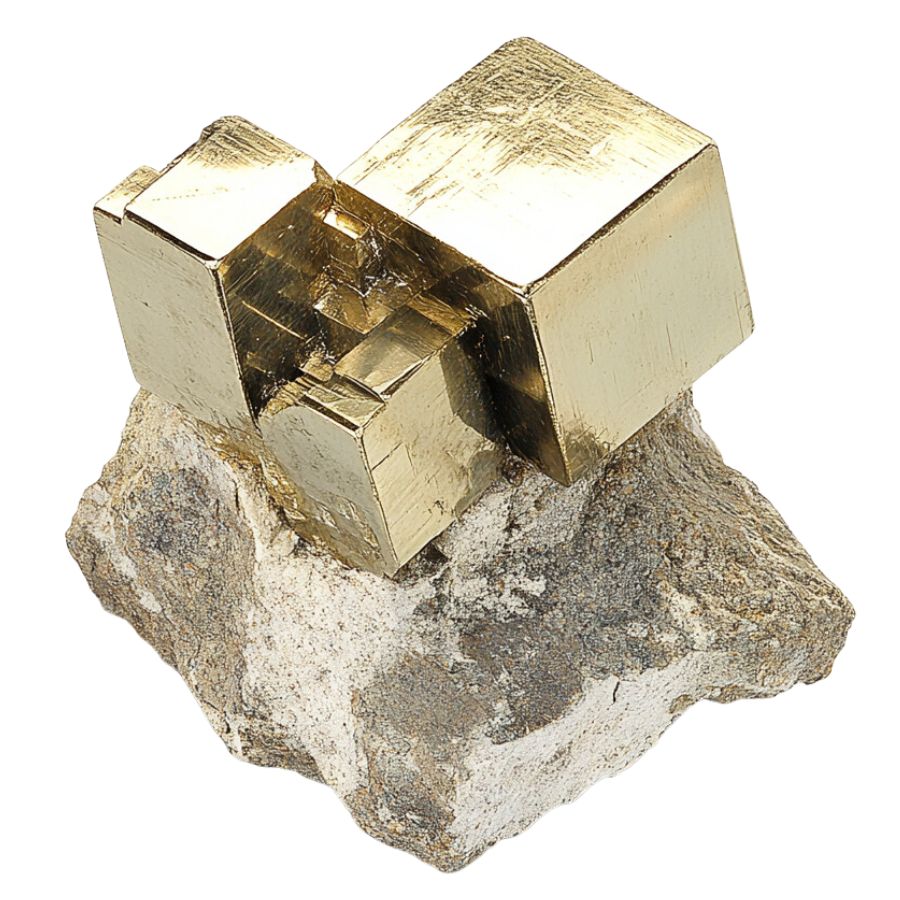
Often mistaken for gold due to its metallic luster and pale brass-yellow hue, pyrite is known colloquially as “fool’s gold.” Its characteristic cube-shaped crystal formations look man-made but are actually completely naturally formed!
Pyrite also has historical importance in producing sulfur dioxide for sulfuric acid production.
Rhodochrosite
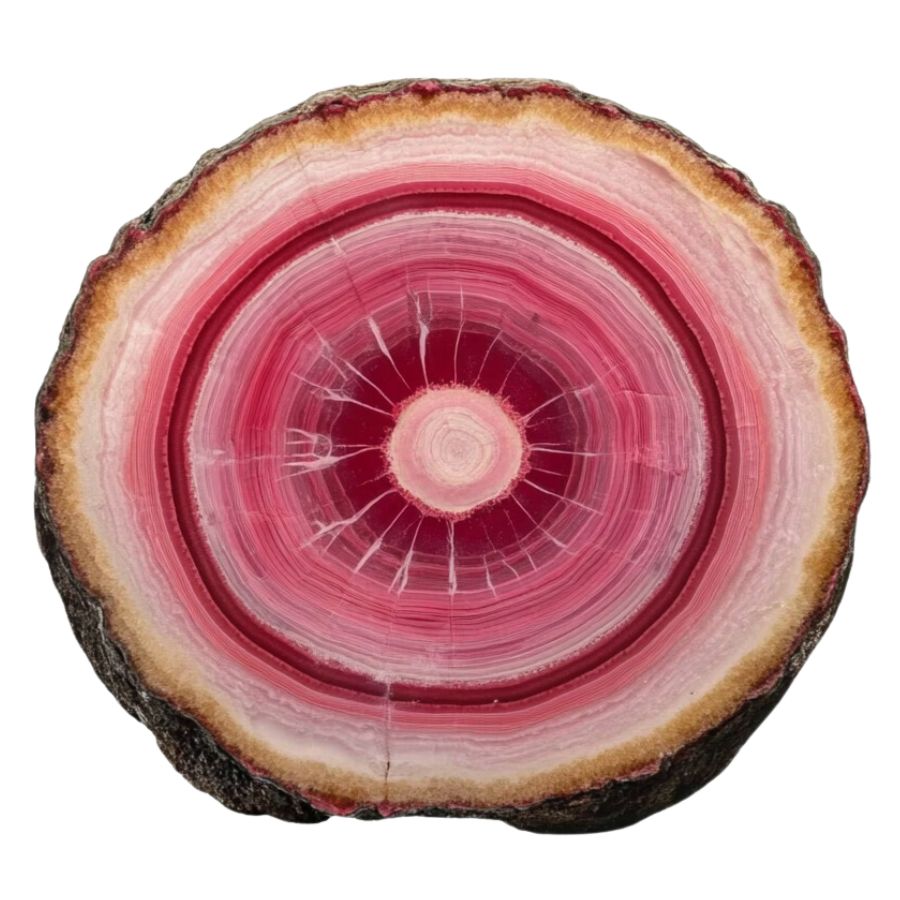
Rhodochrosite stands out with its rich pink and red hues, making it highly desirable as both a mineral specimen and a gemstone.
It typically forms in layered or stalactitic structures, with bands of colors that showcase how it grew over millions of years.
Beyond its beauty, rhodochrosite is significant as the main source of manganese, an essential element used in metal alloys.
Rhodonite
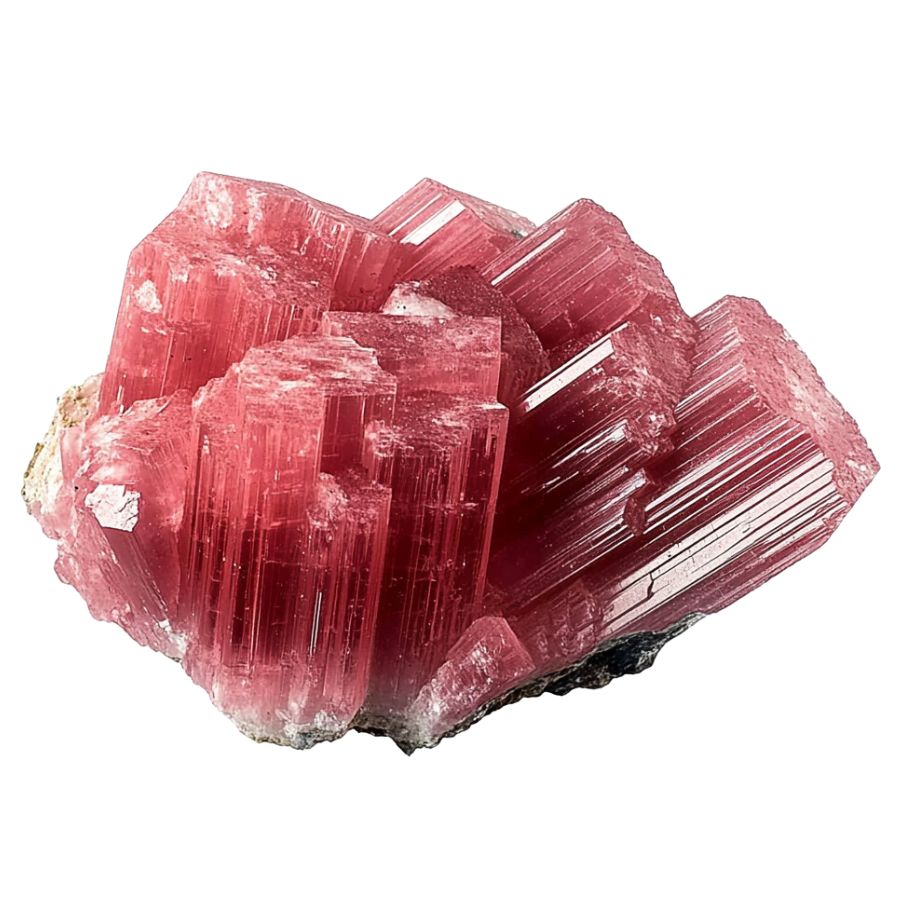
Appreciated for its deep pinks and reds, often complemented by black manganese oxide veins, rhodonite presents a dramatic appearance. It is typically found in metamorphic rocks and is used both as an ornamental stone and in jewelry.
In geology, rhodonite is significant for its role in metamorphic processes and its association with other manganese-rich minerals. It can be found in metamorphosed sedimentary rocks and is sometimes used as an indicator of the presence of manganese deposits.
Vivianite

Vivianite, an iron phosphate mineral, emerges in low-oxygen environments like peat bogs or iron-rich deposits. Its striking blue to green color, which can change to a lighter shade over time due to oxidation, makes it a distinctive mineral.
Found in various geological settings, vivianite provides clues about the local conditions and the presence of phosphate deposits.
The Types of New Mexico Crystals You Can Find
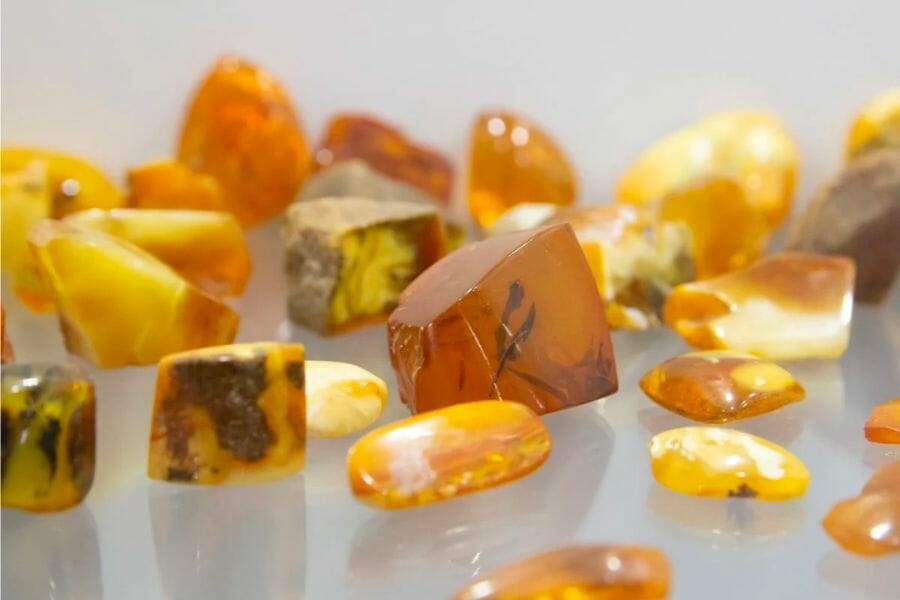
New Mexico is home to an abundance of crystals that are not only visually stunning, but also have significant geological and historical significance. Our state’s varied terrain and mineral-rich soil create the ideal environment for crystal formation. Here are some of the treasures of crystal specimens that you’ll find in your visit here:
Rare crystals found in New Mexico
- Amazonite
- Amethyst
- Amber
- Celestite
- Dumortierite
- Labradorite
- Lepidolite
- Moonstone
- Opal
- Peridot
- Rhodonite
- Topaz
- Unakite
- Vanadinite
- Wulfenite
More common crystals found here
- Agate (Moss)
- Apatite
- Aquamarine
- Aragonite
- Azurite
- Calcite
- Carnelian
- Chalcedony
- Chalcopyrite
- Chrysocolla
- Copper
- Diamond
- Fluorite
- Galena
- Garnet
- Jasper
- Malachite
- Muscovite
- Obsidian
- Onyx
- Pyrite
- Quartz
- Selenite
- Tourmaline
- Turquoise
What rough crystals look like
When you’re out looking for crystals on your own it’s important to know what you’re looking for. This is what you need to look out for:
Look for exteriors like this
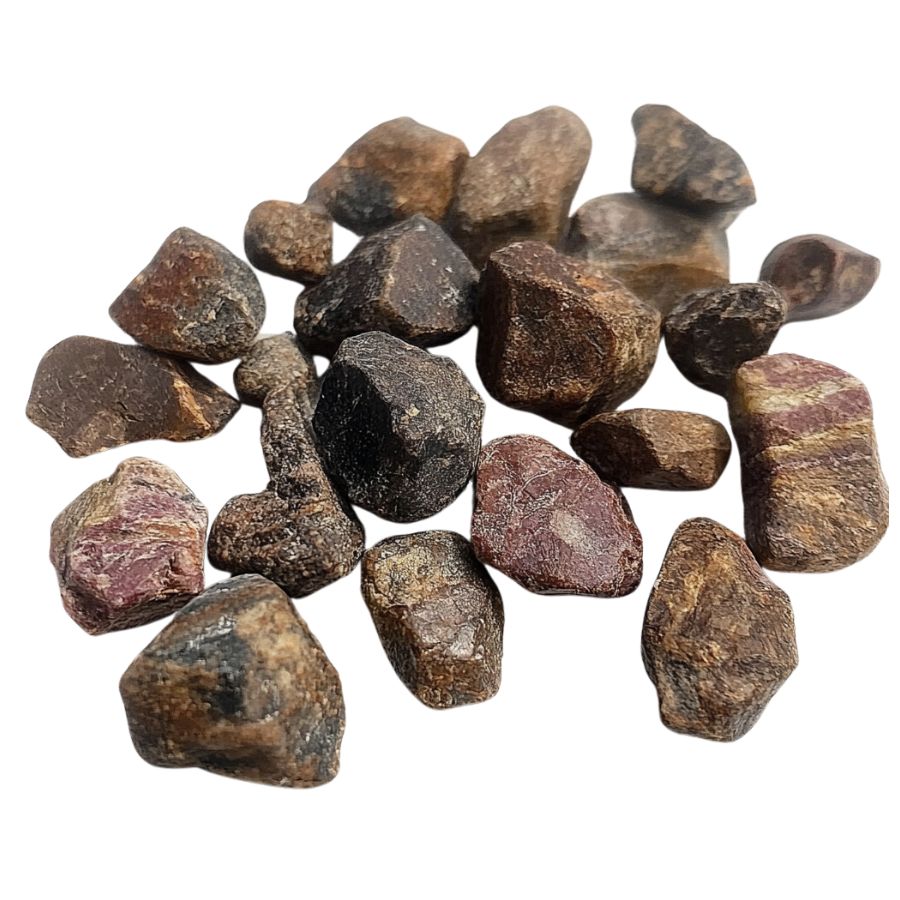
When you’re out searching for crystals in the wild, it’s essential to keep in mind that what you find won’t look like the polished stones you see in stores. One important tip is to consider what certain crystals look like in their raw, natural form.
Without the shine and smooth finish, crystals might appear rough, with jagged edges or earthy tones masking their true beauty. Understanding this can help you spot potential finds that might otherwise be overlooked.
Examine the crystal structure and shape
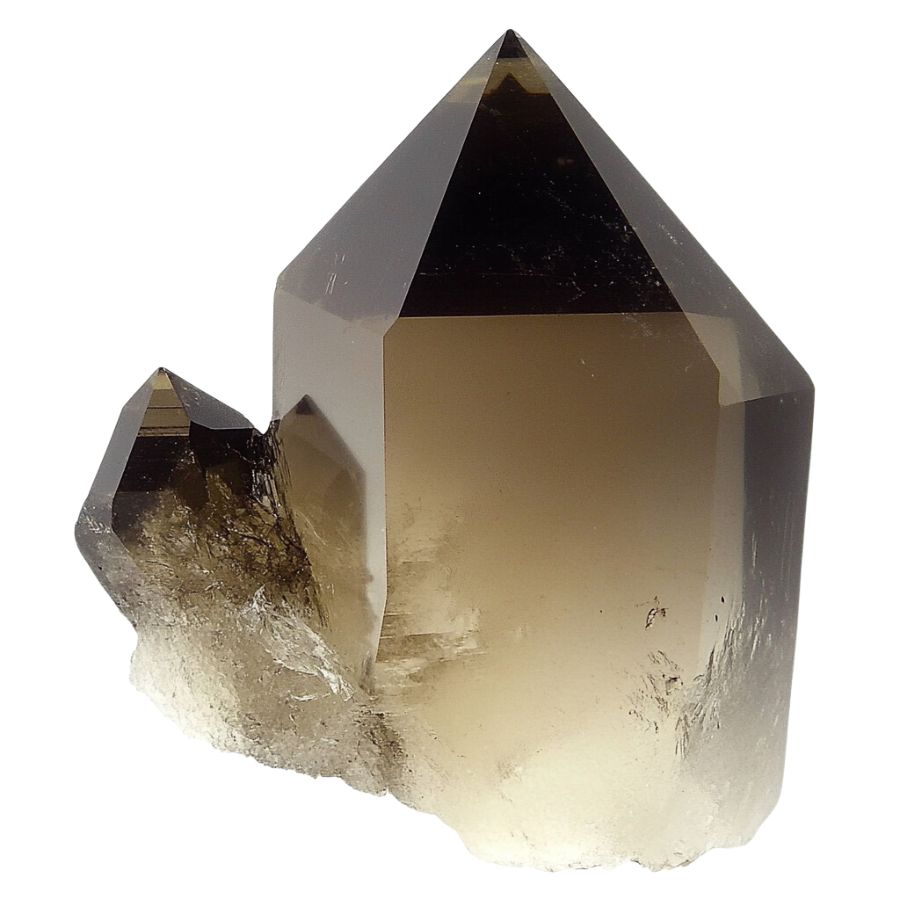
Crystals often form in specific geometric patterns that can be key to identifying them. For example, quartz is known for its hexagonal prisms, while halite typically forms cubic shapes.
By recognizing these distinct patterns, you can differentiate between various types of crystals and better understand what you’ve found.
Observe color
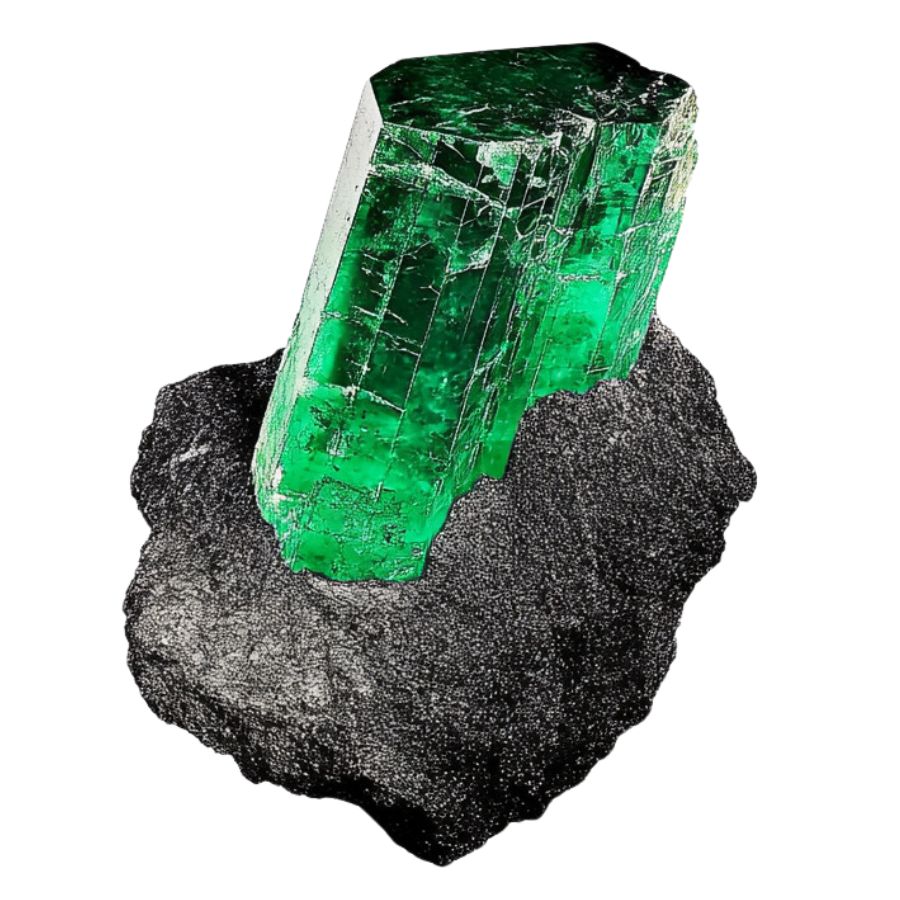
Some crystals are known for their distinct hues, like the deep purple of amethyst or the vibrant green of emerald. However, not all crystals will have strong colors; some may be clear or only slightly tinted.
Check the luster
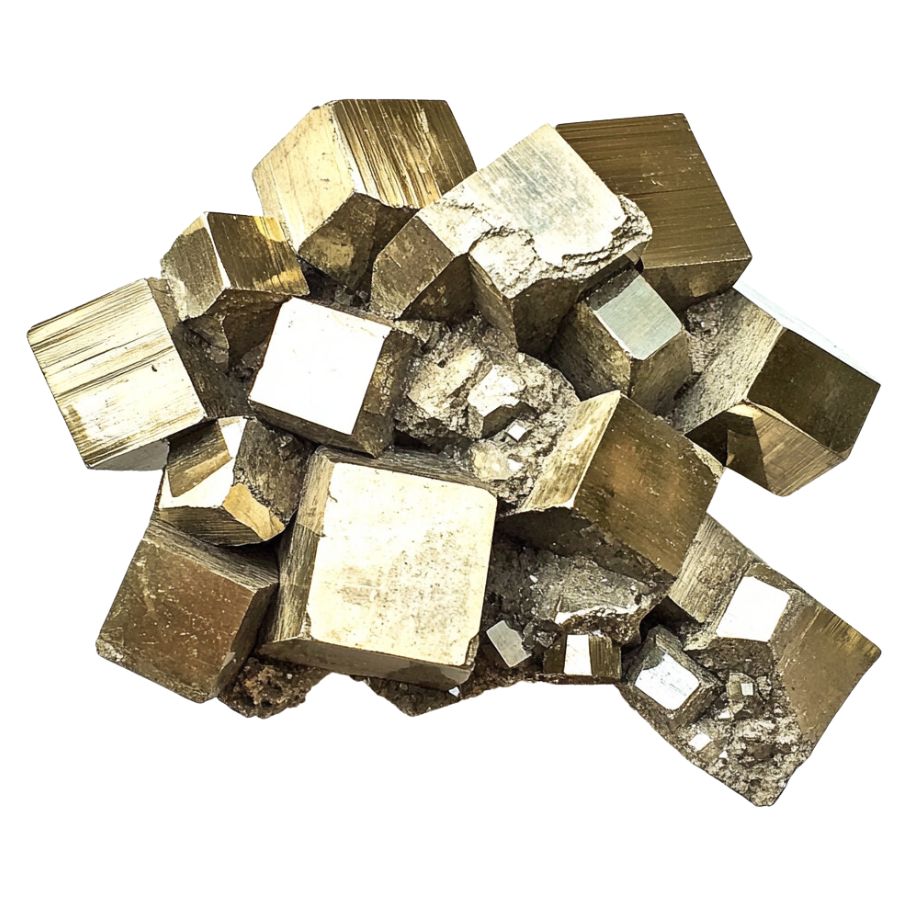
Luster refers to how a crystal’s surface interacts with light. Some crystals might have a shiny, glassy luster, while others may appear metallic or dull. This characteristic can help you determine the type of crystal you’ve found.
However, it’s important to remember that luster isn’t always obvious right away. In some cases, a crystal’s true luster will only become apparent after it’s been cleaned or polished, so keep this in mind as you examine your finds.
Evaluate the transparency
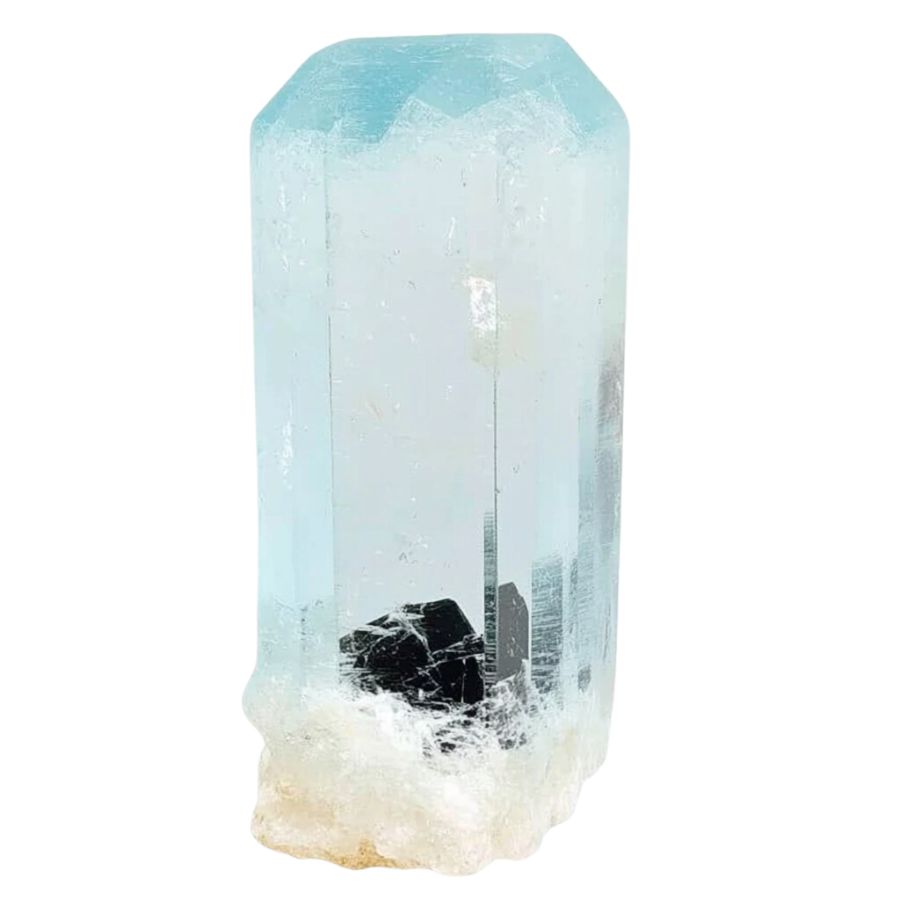
Pay close attention to how much light passes through the crystal. Some crystals are completely clear, allowing light to pass through easily, while others may be opaque and block light entirely.
You might also encounter crystals with translucent edges but opaque centers. These variations in transparency can offer valuable clues about the type of crystal you’ve found, making it easier to identify and appreciate your discovery.
A Quick Request About Collecting
Always Confirm Access and Collection Rules!
Before heading out to any of the locations on our list you need to confirm access requirements and collection rules for both public and private locations directly with the location. We haven’t personally verified every location and the access requirements and collection rules often change without notice.
Many of the locations we mention will not allow collecting but are still great places for those who love to find beautiful rocks and minerals in the wild without keeping them. We also can’t guarantee you will find anything in these locations since they are constantly changing.
Always get updated information directly from the source ahead of time to ensure responsible rockhounding. If you want even more current options it’s always a good idea to contact local rock and mineral clubs and groups
Tips on where to look
Having a better idea of where to look can greatly narrow down your search and increase your chances of finding crystals. By focusing on environments where crystals are likely to be exposed, you can spend less time searching and more time discovering.
Outcrops and Exposed Rock

Rocky outcrops are prime locations for finding crystals and minerals. Search along the edges of outcrops, particularly where erosion has worn away the surrounding soil, revealing the rock underneath.
Pay close attention to any visible cracks, crevices, or small cavities within the outcrop, as these are often where crystals develop and can be extracted with minimal effort.
Stream Beds and Gravel Deposits
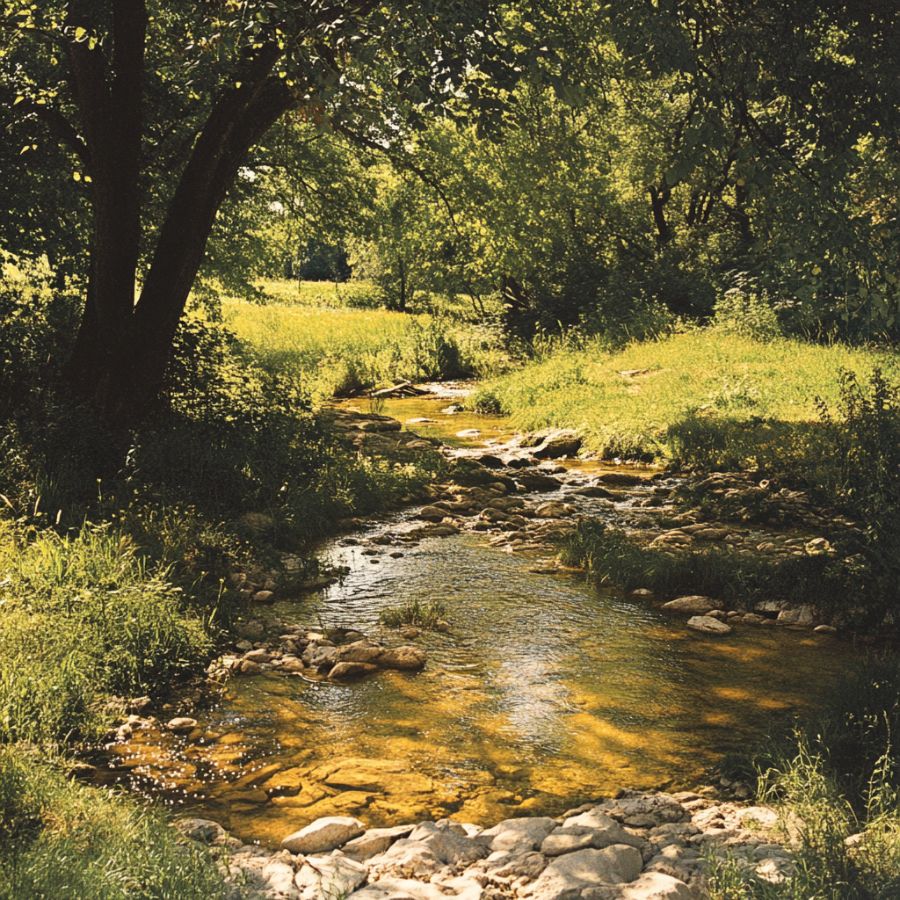
Stream beds are dynamic environments where water flow constantly shapes the landscape. Over time, water can erode rocks upstream, breaking them down and carrying mineral fragments, including crystals, downstream.
When searching in these areas, look for spots where the current has slowed, such as bends in the stream or areas behind large rocks, as these are prime locations for deposits.
Quarries and Mines

Quarries and mines are excellent places to search for crystals because they expose deep layers of rock that would otherwise be hidden beneath the surface. These sites often contain a variety of minerals and crystals that have been brought to the surface during excavation.
Pay attention to tailings piles, where waste rock is discarded, as they often contain overlooked or broken crystals. Always prioritize safety when exploring these areas and ensure that you have permission to search.
Road Cuts and Construction Sites
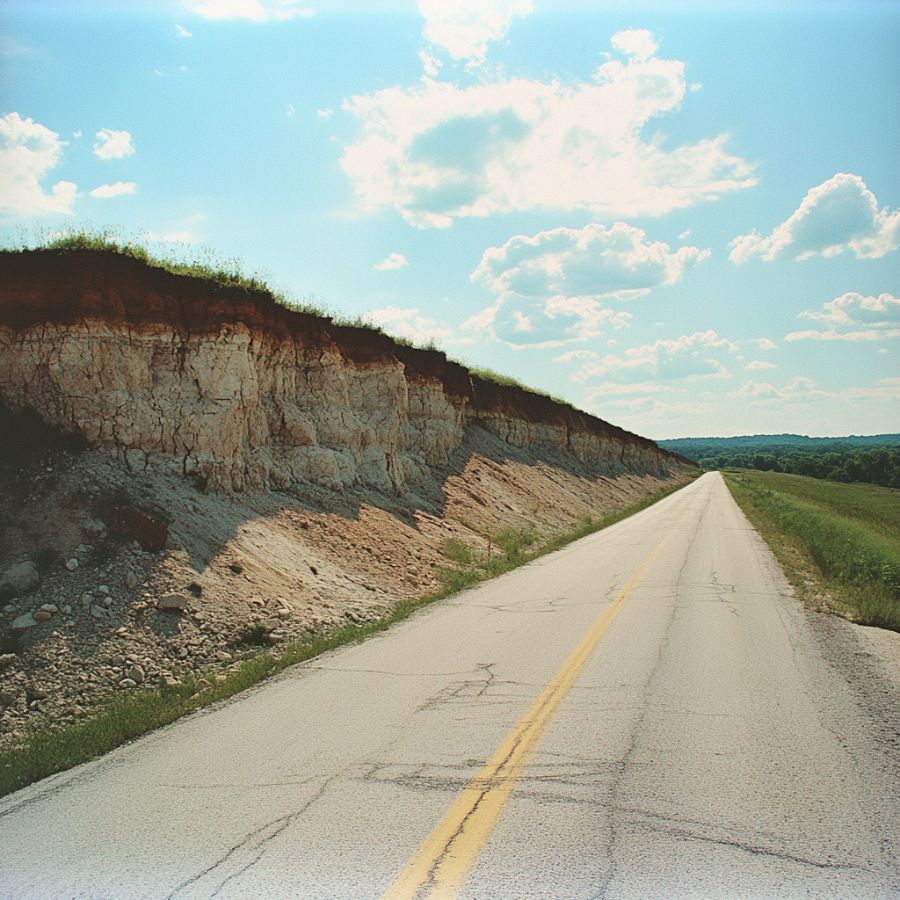
As roads are cut through hillsides or construction projects dig deep foundations, layers of rock and soil that have been undisturbed for millions of years are suddenly exposed.
Look for freshly exposed rock faces, especially where blasting has occurred, as this can create fissures or expose pockets filled with crystals. Be cautious around active construction sites, and always seek permission before exploring.
Mountainous Areas
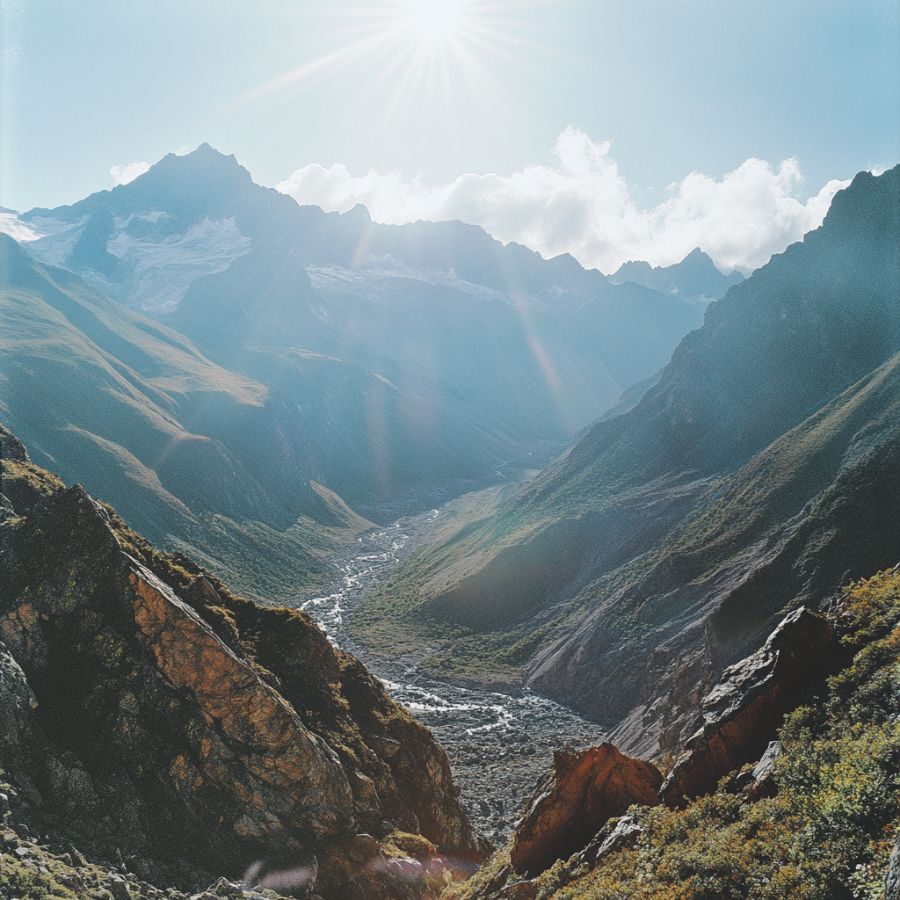
In mountainous regions, erosion caused by wind, rain, and ice can wear away the softer rock, exposing harder crystals that have formed within. Focus on weathered and broken rock formations.
Look for scree slopes, where loose rock has accumulated at the base of cliffs. Additionally, areas near fault lines or volcanic vents are particularly promising, as they often have a higher concentration of minerals.
DON'T MISS OUT ON ANY GREAT FINDS!
While you're out searching for Crystals you're going to find A LOT of other interesting rocks and minerals along the way. The last thing you want to do is toss out something really interesting or valuable. It can be easy to misidentify things without a little guidance.
We've put together a fantastic field guide that makes identifying 140 of the most interesting and valuable rocks and minerals you will find REALLY EASY. It's simple to use, really durable, and will allow you to identify just about any rock and mineral you come across. Make sure you bring it along on your hunt!
New Mexico Crystal Mining Laws And Regulations
Stay compliant with our state’s local laws regarding crystal mining and you will have no legal problems engaging in this activity in New Mexico. Specifically, make sure that you’re aware and abiding of the laws imposed by the New Mexico Energy, Minerals, and Natural Resources Department.
As a general rule, for any land you want to explore here, make sure you obtain the necessary permits or permissions before doing any crystal hunting.
Also, checkout any rules and regulations that should be observed concerning environmental protection and biodiversity conservation.
- The extensive local experience and understanding of our team
- Input from multiple local crystal hunters and crystal collecting groups
- The accessibility of the crystal mining locations
- Safety and potential hazards when collecting
- Private and public locations
- A desire to include locations for both experienced crystal hunters and those who are just starting out
Using these weights we think we’ve put together the best list out there for those who love finding new crystals for our collections!
The Best Locations For Crystal Mining in New Mexico

We’ll discuss first what we consider the coolest spots to find crystals here based on our visit to these places. If you only have limited time to crystal hunt, we recommend these to be on top of your to-visit list:
Always Confirm Access and Collection Rules!
Before heading out to any of the locations on our list you need to confirm access requirements and collection rules for both public and private locations directly with the location. We haven’t personally verified every location and the access requirements and collection rules often change without notice.
Many of the locations we mention will not allow collecting but are still great places for those who love to find beautiful rocks and minerals in the wild without keeping them. We also can’t guarantee you will find anything in these locations since they are constantly changing.
Always get updated information directly from the source ahead of time to ensure responsible rockhounding. If you want even more current options it’s always a good idea to contact local rock and mineral clubs and groups
Rockhound State Park is Our Favorite Crystal Mine in New Mexico
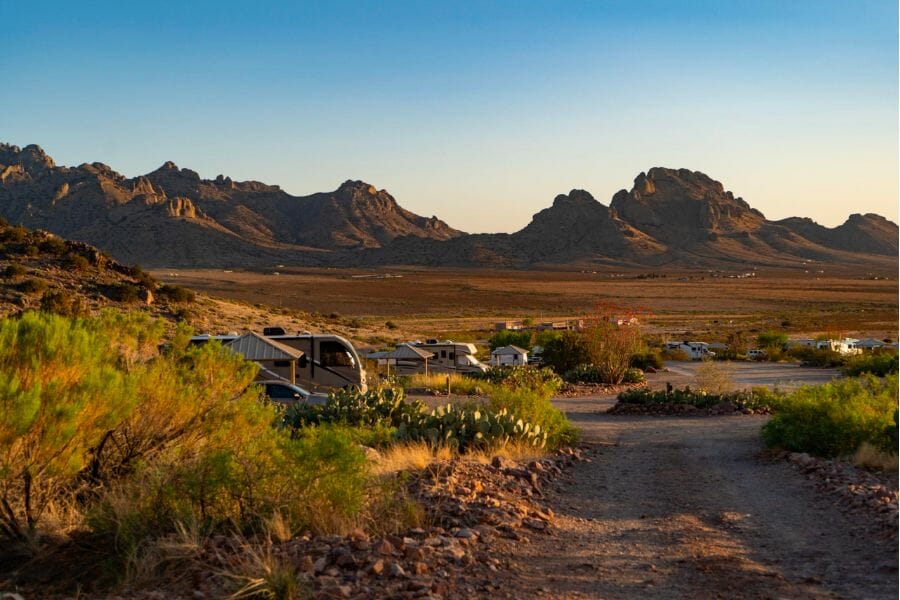
Luna County, NM
Rockhound State Park was established in 1966 and covers over 1,100 acres of land in the Little Florida Mountains. The park got its name from the hobby of rockhounding, which has been popular in New Mexico for many years. Simply put, Rockhound State Park is a perfect destination for anyone looking to explore and collect crystals!
The park is located in the Chihuahuan Desert, which is known for its rugged terrain and unique plant and animal life. The Little Florida Mountains are part of the Basin and Range Province and are composed of a mix of granite, quartz, and other minerals. This combination of minerals and geological history makes the park a cool spot to find a variety of crystals.
The park is perfect for rockhounding. It even has designated digging areas where you can hunt for crystals. If you want to go here, take note that it’s located about 10 miles southeast of Deming, and is easily accessible by car. The park charges a small fee for entry, but it’s definitely worth it for the experience of crystal hunting in such a beautiful and unique location.
Where we found crystals at Rockhound State Park
The great news is, anywhere you start your search in Rockhound State Park, you can find different crystals like Agate (sagenitic), Chalcedony (blue), and Jasper.
DON'T MISS OUT ON ANY GREAT FINDS!
While you're out searching for Crystals you're going to find A LOT of other interesting rocks and minerals along the way. The last thing you want to do is toss out something really interesting or valuable. It can be easy to misidentify things without a little guidance.
We've put together a fantastic field guide that makes identifying 140 of the most interesting and valuable rocks and minerals you will find REALLY EASY. It's simple to use, really durable, and will allow you to identify just about any rock and mineral you come across. Make sure you bring it along on your hunt!
Jarilla Mountains
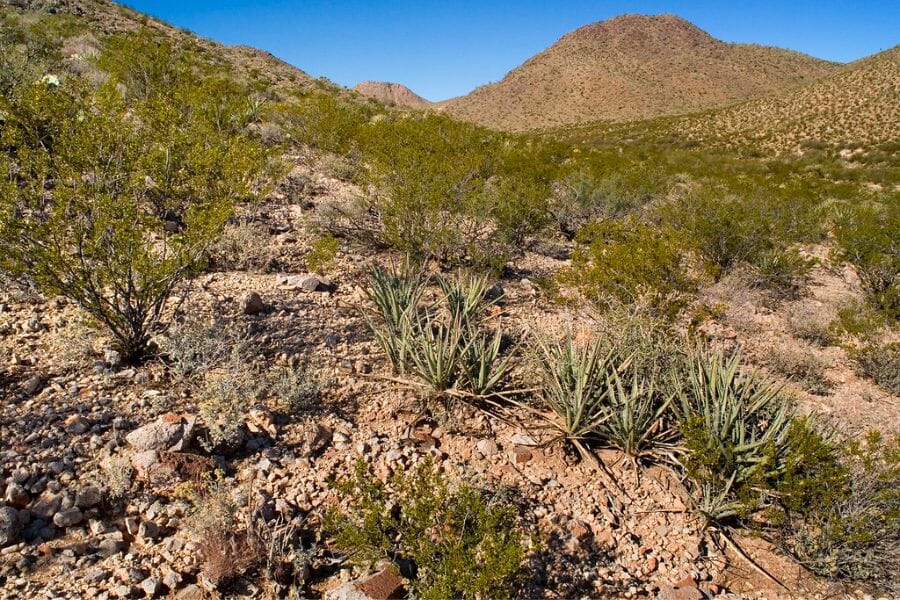
Otero County, NM
Jarilla Mountains have been a popular destination for rockhounds for many years, and for good reason. Located in the Chihuahuan Desert, the mountains are part of the larger Big Bend region that spans across Texas, Mexico, and New Mexico. It has a rich geological history that has resulted in the formation of beautiful crystals that can be found throughout the mountains.
Jarilla Mountains are composed of a variety of rocks, including volcanic tuff, quartzite, and limestone. These rocks have undergone a process of metamorphism, which has resulted in the formation of crystals. This place is also home to the famous Luna Blue Agate, a beautiful blue-grey agate that is highly prized by collectors.
Like our first recommended place, Jarilla Mountains also have designated digging areas, so be sure to check with the Bureau of Land Management for any restrictions or permits that may be required.
Where we found crystals at the Jarilla Mountains
We recommend exploring the area mines of Jarilla Mountains to find Luna Blue Agate, Chalcopyrite, Chrysocolla, Galena, Malachite, and Turquoise crystals. Read this article to know more about these crystals’ prices.
Burro Peak

Grant County, NM
Burro Peak is located in the southwestern part of our state and offers some fantastic opportunities to find beautiful crystals. It was once a mining site for copper and silver in the late 1800s and early 1900s. The area was rich in minerals, and while the mines are no longer operational, it’s still a great place to find some unique specimens.
As a part of the Burro Mountains range, the peak is situated at an elevation of over 8,000 feet. The rocks in the area are mostly volcanic in origin and have undergone extensive weathering and erosion over the years, resulting in the formation of various crystals.
To get to this cool spot, you’ll need to head to Silver City. Once you’re here, take NM-90 south towards Lordsburg. After about 15 miles, turn left onto Burro Mountain Road and follow the signs to the peak. The area is a bit remote, so be sure to bring plenty of water, food, and supplies, and be prepared for some rough terrain.
Where we found crystals at Burro Peak
You can explore the area mines of the peak to find amazing samples of Azurite, Chalcopyrite, Chrysocolla, Fluorite, Galena, Malachite, Onyx, and Pyrite crystals.
Sierra Nacimiento
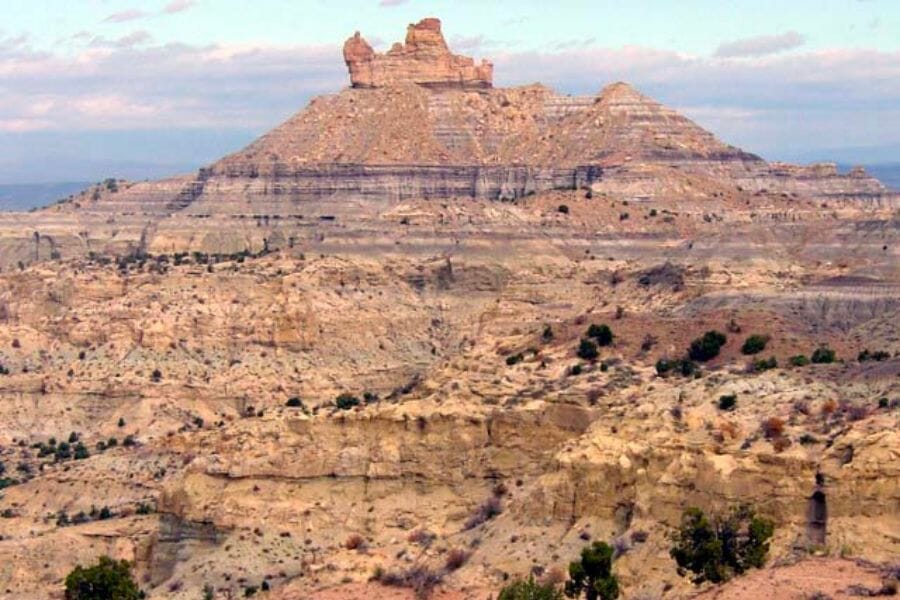
Sandoval County, NM
Sierra Nacimiento, situated in the northwestern part of our state, offers some excellent opportunities to find some stunning crystals. It was once home to the Jicarilla Apache tribe, who have lived in the area for centuries. The mountains are named after the Spanish word for “birth,” as the range is believed to be the birthplace of a prominent Spanish explorer.
These mountains are made up of a variety of rock formations, including sedimentary, igneous, and metamorphic rocks. The variety of rocks and minerals in the area means there’s an excellent chance of finding some unique crystal specimens.
To get here, you’ll need to head to the city of Cuba. From here, take NM-197 north for about 20 miles until you reach the turnoff for Forest Road 534. Follow this road for a few miles until you reach the foothills of the mountains.
Where we found crystals at Sierra Nacimiento
You can start your crystal hunt here by exploring the regional draws and washes of Sierra Nacimiento to find samples of Agate, Azurite, Chalcedony, Chrysocolla, and Malachite crystals.
Oscura Mountains
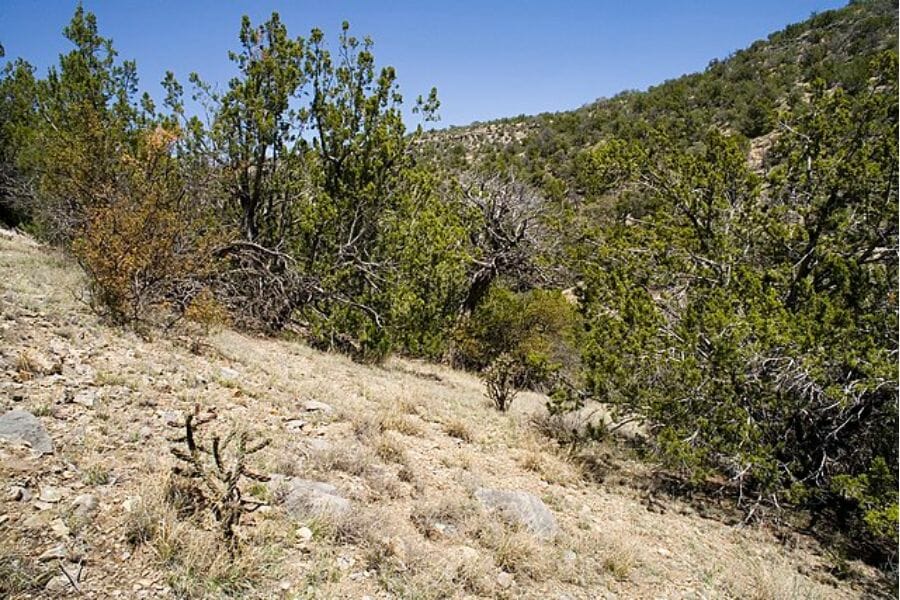
Lincoln County, NM
Oscura Mountains is a range in the southern part of our state with a rich history that dates back to the time of the Mescalero Apache tribe, who have lived in the area for centuries. The mountains are also home to several historic mining sites, where silver and other precious minerals were once extracted.
This area is made up of a variety of rock formations, including volcanic rocks, sedimentary rocks, and granitic rocks. These mean that there’s a big chance for anyone to find unique crystal specimends here.
Planning to visit? Head to the city of Alamogordo, and from there, take US-54 north for about 20 miles until you reach the turnoff for the Bureau of Land Management road. Follow this road for a few miles until you reach the foothills of the mountains.
Where we found crystals at Oscura Mountains
If you want to find crystals here, try your luck searching through the regional prospects and mines of Oscura Mountains. Here you may find Azurite, Celestite, Chrysocolla, Fluorite, Galena, Malachite, and Quartz crystals.
Our Other Favorite Places For Crystal Hunting
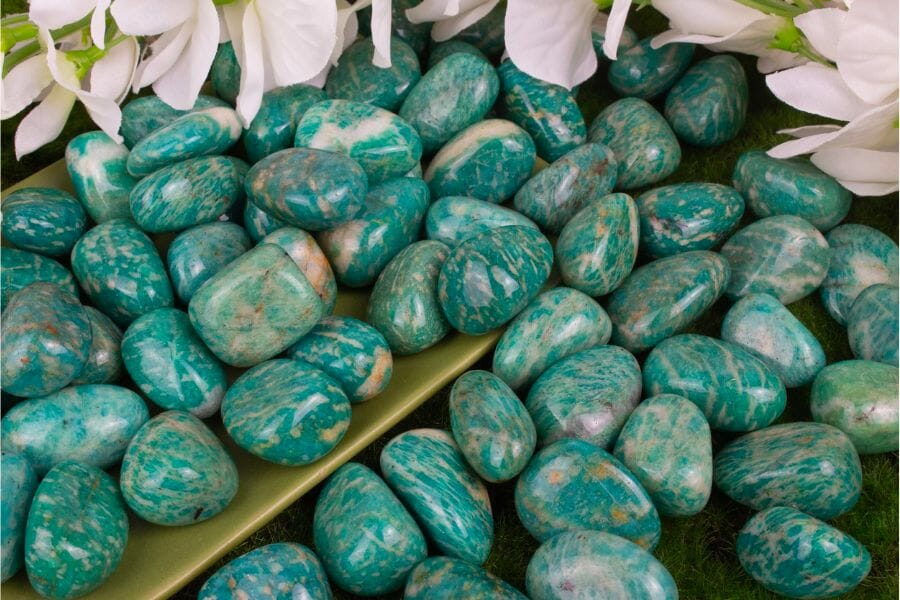
As a state that’s very rich in crystals, New Mexico has tons more other cool spots that you can explore aside from the ones we’ve already shared above. What’s even better is that a handful of these are also great spots to find New Mexico geodes. Here they are:
Where you can find crystals for free in New Mexico
Who doesn’t want to find and take home crystals for free? If you agree, here are some of the best free-to-search crystal hunting spots that you can visit.
| County | Location |
| Bernalillo | In the Puerto Rico Valley |
| Chaves | Southeastward in Squaw Canyon to Rio Felix |
| De Baca | Upstream on both sides to the headwaters of Dunlap area |
| Eddy | Downstream along both sides from Pecos River to Lake McMillan |
| Guadalupe | South on the right fork of SR-203 to the Lake Sumner area |
| Luna | In the foothills of the Tres Hermanas Range |
| McKinley | Zuni area coal beds |
| Mora | On both sides of the road at Wagon Mound area |
| Sandoval | Jemez Springs area |
| San Juan | In the area between Chaco Canyon and the San Juan River |
| Santa Fe | At Sweet’s Ranch |
| Socorro | At the Farr Ranch |
| Union | Broad area extending eastward to Kenton from the Tristate Marker |
| Valencia | Upstream and down in the river valley |
Other great places to dig for crystals
If you’re amenable to spending a few dimes for a chance of taking home a variety of finds, you can also visit the places here that require some fee. The fee may vary (or it could be free) depending on the season, so call the place first before heading out.
| County | Location |
| Catron | Area mines and prospects of Mogollon and Wilcox |
| Colfax | At the Sugarite Mine |
| Dona Ana | County wide in mines and prospects |
| Grant | At the Comstock Mine, R.S. Chamberlain Mine, Burro Chief Copper Mine, Parker Mine, and Azure Mine |
| Hidalgo | County wide in mines and prospects |
| Lincoln | County wide in mines and prospects |
| Luna | County wide in mines and prospects |
| Otero | North on US-54 to mines in the Turquoise area |
| Rio Arriba | At the Cribbenville Mine and other mines and prospect nearby |
| San Miguel | Tecolote area mines |
| Sierra | At the Montezuma Mine dumps, Sierra Grande Mine, and Comstock Mine |
| Taos | Hardin mine (aka Harding Mine) |
The Best Crystal Shops In New Mexico

While nothing beats the feeling of uncovering crystals in their natural environment, some of us prefer having great selections ready for their picking (and paying). If you don’t have much time and energy to engage in a full-blown crystal hunting journey, you might want to visit the local crystal shops here. We’ve listed a few of the best ones in our state below:
- Mama’s Minerals – 800 20th St NW Ste B, Albuquerque, NM 87104
- New Mexico Rocks – 10000 Coors Bypass NW, Albuquerque, NM 87114
- Ascension Crystals – 404 San Felipe St NW B, Albuquerque, NM 87104
- High Vibe Crystals – 2500 Central Ave SW Unit AS7, Albuquerque, NM 87104
- Stickks and Stones – 3201 Silver Ave SE, Albuquerque, NM 87106
- Prana Blessings – 1925 Rosina St unit c, Santa Fe, NM 87505
- Desert Crystal Shop – 1945 U.S. Rt. 66 STE A, Edgewood, NM 87015
- Liberty Gem & Minerals – 1323 San Mateo Blvd NE, Albuquerque, NM 87110
- Hidden Gems of the Rio Grande – 413 Romero St NW suite c, Albuquerque, NM 87104
- Taos Gems and Minerals – 637 Paseo Del Pueblo Sur, Taos, NM 87571
Additional places to find crystals in nearby states
If you’ve already tried all of our recommendations above or are planning a trip out of the state, you should check out our guides for neighboring states:
- Crystals in Arizona
- Crystals in Utah
- Crystals in Colorado
- Crystals in Oklahoma
- Crystals in Texas
- Crystals in Hawaii
If you have any recommendations we haven’t covered, please leave them in the comments below!


